Why the African mask keeps mesmerizing the world
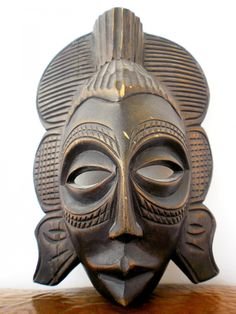
The mask is integral to the African culture since the existence of man. The people who create African art have much deeper meaning than surface beauty. They are both idea and form. The masks are made of textile, leaves, straw and wood. It symbolise the worship of ancestors and spirits. It is believed that the earliest masks were used in Africa before Paleolithic era.
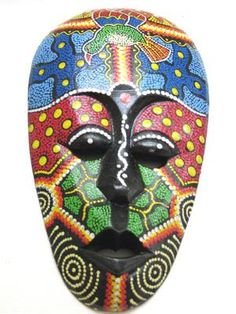
They represent spirits of animals or ancestors, mythological heroes, moral values or a form of honoring of a person in a symbolic way. Masks have been an essential part of traditional animist beliefs in many African cultures from the ancestors.
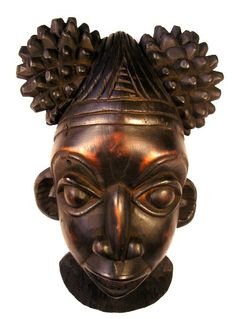
Masked performances, held on the occasions of thanksgiving celebrations, rites of passage and funerals, often entertain while they teach moral lessons. African masks are usually shaped after a human face or some animal's muzzle, albeit rendered in a sometimes highly abstract form.
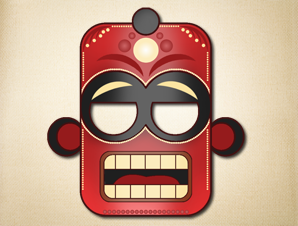 They play significant task at some stage in ceremonies of cycle of life rites and rites. During the formal procedure, the music and dancing transform the spellbound mask wearer into a spirit which communicates with ancestors.
They play significant task at some stage in ceremonies of cycle of life rites and rites. During the formal procedure, the music and dancing transform the spellbound mask wearer into a spirit which communicates with ancestors.
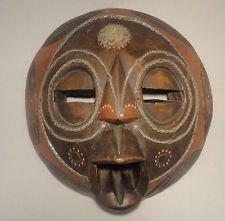
 The African does not regard their masks as art. In fact, in most of the tribal cultures that make and dance in masks, there exists no word for art. The most common animals that are represented with masks are buffalo, hyena, hawk, crocodile and antelope. Antelope is one of the most widely used animal masks. It symbolizes agriculture and is worn to enable better crops.
The African does not regard their masks as art. In fact, in most of the tribal cultures that make and dance in masks, there exists no word for art. The most common animals that are represented with masks are buffalo, hyena, hawk, crocodile and antelope. Antelope is one of the most widely used animal masks. It symbolizes agriculture and is worn to enable better crops.
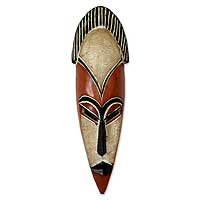
The purpose of creating the mask was achieved once the ritual performance was over. There was no attachment to the piece but the skill and the experience is carried forward and handed down the line of descendants.
The Mask are in the following classification: Religious Mask, War Mask, Funeral Mask, Play and Dance Mask.
Presentation of a mask also often be limited to certain peoples and places; there is a lot of tradition and taboo surrounding this art structure. In many instances masquerades are forbidden to be seen by certain members of the community.
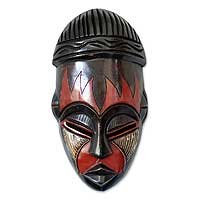 Horns represent growth of millet, legs roots of the plants while ears represent songs that women sing in the harvest time. Mask are sometimes made with details from different animals and then they represent some virtue.
Horns represent growth of millet, legs roots of the plants while ears represent songs that women sing in the harvest time. Mask are sometimes made with details from different animals and then they represent some virtue.
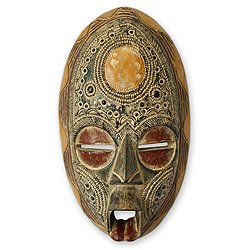
The largest International Art and Mask Festival in West Africa took place in Dedougou, Ouagadougou, Burkina Faso in the first quarter of this year, 2016. Hundreds of traditional masks from six countries - Mali, Togo, Benin, Senegal, Ivory Coast,l and 50 villages of Burkina Faso, came alive throughout the celebration.